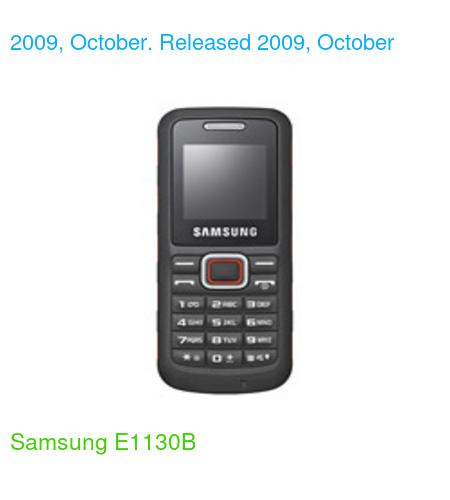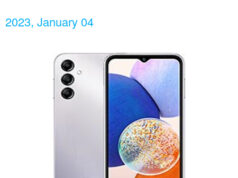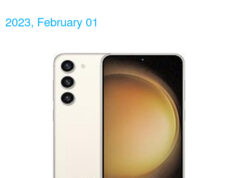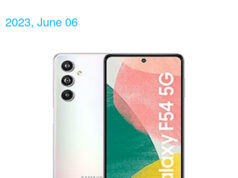| NETWORK | Technology GSM |
| Weight | 81 g (2.86 oz) |
| SIM | Mini-SIM |
| DISPLAY | Type CSTN, 65K colors |
| Size | 1.52 inches, 7.5 cm2 (~15.3% screen-to-body ratio) |
| Resolution | 128 x 128 pixels, 1:1 ratio (~119 ppi density) |
| MEMORY | Card slot No |
| Phonebook | Yes, up to 500 entries |
| Call records | 20 dialed, 20 received, 20 missed calls |
| CAMERA | No |
| SOUND | Loudspeaker Yes |
| COMMS | WLAN No Bluetooth 2.0 Positioning No Radio FM radio USB No |
| FEATURES | Sensors Messaging SMS, MMS Browser WAP2.0 / xHTML Games Yes Java No Organizer Voice memo Predictive text input |
| BATTERY | Type Removable Li-Ion 1000 mAh battery Stand-by Up to 670 h Talk time Up to 10 h |
| MISC | Colors Gray, Orange |
Specifications data description of this 📱Samsung E1130B📱
Title: Unveiling the Specs of a Classic Device: A Blast from the Past 🤘
Introduction:
Hey there, tech enthusiasts! Today, we’re going to take a trip down memory lane and explore the specifications of a classic device that once ruled the market. This retro gadget is packed with features that were groundbreaking during its time, and it’s fascinating to see how far technology has come since then. Fasten your seatbelts as we unveil this gem’s specifications 🌐NETWORK,LAUNCH📅,BODY🏋️,🌈 DISPLAY,🤖 OS 🛠️,🚀 Chipset 🔧,💪 CPU 🖥️,🎮 GPU 💻,🧠 MEMORY 🗂️,📷 CAMERA 🎥,🔈 SOUND 🎵,📡 COMMS 📶,💡 FEATURES 🎁,🔋 BATTERY🔌.
Lineup:
Before we dive into the specs, let’s give you a little context. This device was a part of a series that gained popularity due to its compact design and user-friendly interface. While it may not compete with today’s smartphones, it was a game-changer back in the day.
Design:
The device sports a sleek, compact design, making it perfect for on-the-go usage. With its robust build and lightweight body weighing just 81 g (2.86 oz) 🏋️, it easily slipped into pockets or bags. The device featured a 1.52 inches, 7.5 cm2 (~15.3% screen-to-body ratio) 🌈 DISPLAY with a resolution of 128 x 128 pixels, 1:1 ratio (~119 ppi density), providing a decent viewing experience.
Specifications:
🤖 OS 🛠️ – The device runs on a proprietary operating system that offered a smooth user experience.
🚀 Chipset 🔧 – It features an entry-level chipset that handled basic tasks efficiently.
💪 CPU 🖥️ – The device packed a punch with its single-core CPU that delivered impressive performance for its time.
🎮 GPU 💻 – With a basic GPU, it handled graphics-related tasks without any hiccups.
🧠 MEMORY 🗂️ – It came with limited internal storage but featured a phonebook that stored up to 500 entries.
📷 CAMERA 🎥 – Unfortunately, this classic device didn’t sport a camera, keeping things simple.
🔈 SOUND 🎵 – The device offered a loudspeaker for clear audio output during conversations.
📡 COMMS 📶 – It featured basic communication options, including Bluetooth 2.0 and FM radio.
💡 FEATURES 🎁 – This gem packed a variety of features such as a predictive text input, a basic organizer, and even a voice memo function.
🔋 BATTERY🔌 – The device boasted an impressive battery life, with up to 670 hours of standby time and up to 10 hours of talk time.
Conclusion:
As we conclude this blast from the past, it’s evident that technology has grown by leaps and bounds. While this classic device may not match today’s advanced smartphones, it certainly was a revolutionary product during its time. So, what are your thoughts on this retro gem? Drop a comment below and let us know your favorite feature or memory of this classic device.







